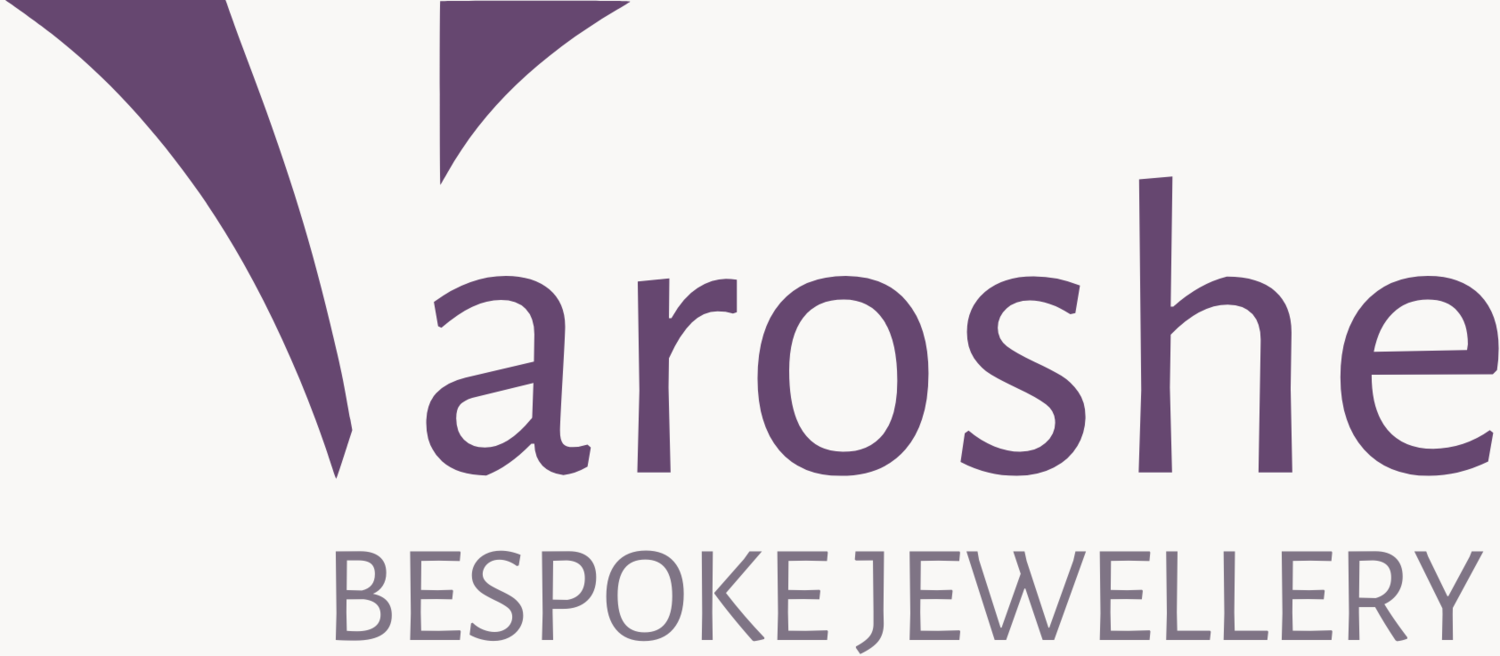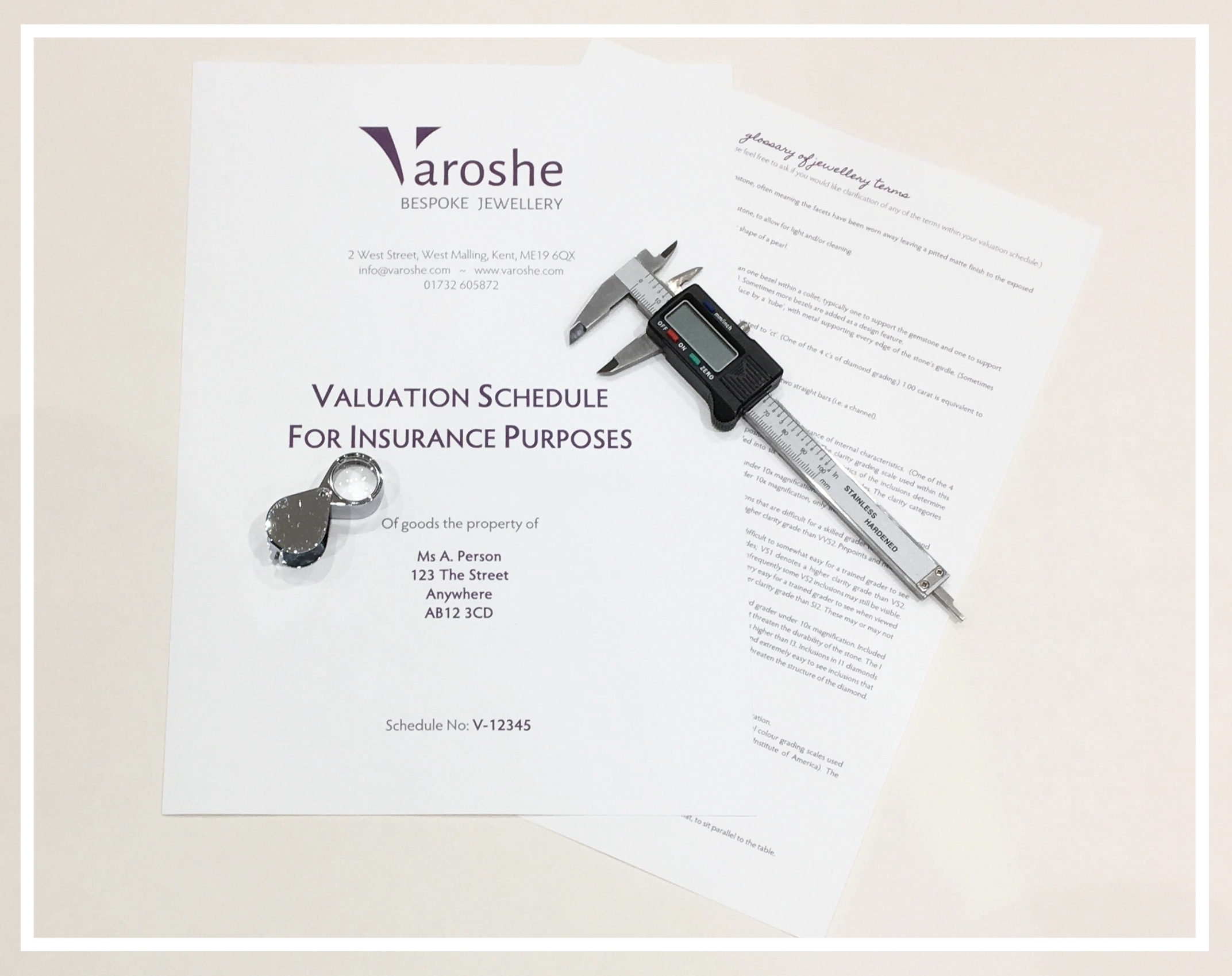I have had a few customers in the shop this month asking about valuations. It is such a minefield that I thought I would write a little about it to try and help those of you who may be confused.
Firstly, I must tell you that it's not ‘one size fits all’ when it comes to valuations. Unfortunately there are lots of different prices depending on what you are using the valuation for. I will go through the main ones to try and give a broad overview, but if you are in any doubt then please do give us a call, I am more than happy to talk things through.
Insurance
This is also known as a value for replacement. It is used for obtaining insurance cover so that lost or damaged items can be replaced or repaired. The value in an insurance valuation will typically be higher than all other types of valuation, and should not be used as a guide of the resale value. The price will be based on what a broadly similar item would cost to replace in the unfortunate event of a loss or theft.
Most insurance companies require you to have an insurance valuation dated within the last three years, so make sure you keep yours up to date. During times when the bullion price is high, and the GBP is weak against the USD it is especially important to have regular updates. In 2008, when the crash happened, the price of gold and diamonds rose daily, so within a few months most people were severely under insured. Now, a lot of insurance companies took the crash in to consideration when calculating replacement values, but not all of them were so kind. It is always better to check your valuations rather than to find out the hard way, after a loss.
It is also useful to note that some insurance companies stipulate that your settings are checked annually to avoid any losses due to wear and tear. Think of it like an MOT. A lot of insurance companies won’t cover wear and tear so even if they don’t require you to get your jewellery checked it is best to bear it in mind, especially for pieces that are worn daily or that have a high value. If you are worried then feel free to bring your jewellery in for us to check.
Division
This type of valuation is used when dividing property between partners, for example during a divorce. The value stated will typically be a resale value, i.e. the amount you would hope to achieve if you sold your jewellery in the open market. This type of valuation should not be used to obtain insurance cover, not only will you be hugely under insured but you may jeopardise the rest of the settlement amount in the event of a claim.
Probate
This type of valuation is used in the calculation of inheritance tax and to obtain probate of a will after someone has died. Like a value for division, the value stated will typically be a resale value. It is worth checking to see the minimum value that needs to be stated on the valuation as some inexpensive pieces may not need to be itemised. If you are in any doubt then please bring everything in so that we can go through it with you.
At Varoshe we carry out our valuations on the premises, giving you peace of mind when leaving your most precious items with us. Smaller valuations (1-2 pieces) can usually be completed within a week, depending on our work load at the time, but it is always best to give us a call to check. We price our valuations per item, as we feel it is the fairest way to do it (for our current prices please contact us). During the valuation service we will check all the settings and general condition of each piece, as well as to give your jewellery a complimentary ultrasonic clean.
If you have any questions then feel free to give us a call or send us an email, we are always more than happy to chat things through. And, if you want to understand a little more about the terminology used within a valuation, you can read our blog post which explains the ‘foreign language’ used by jewellers, by clicking here!
We look forward to seeing you in West Malling soon!


